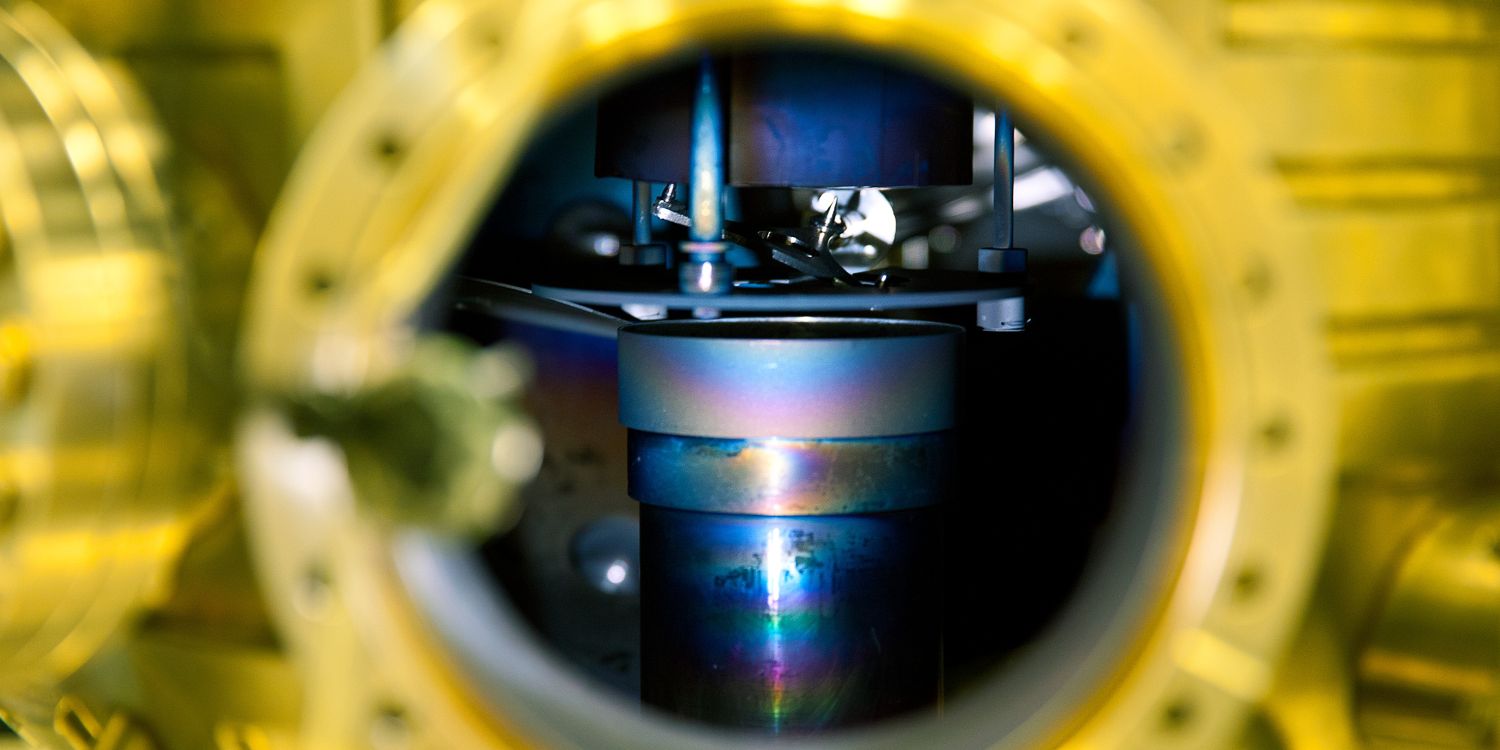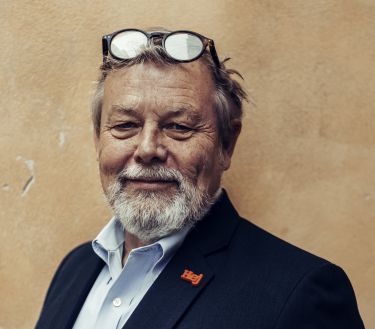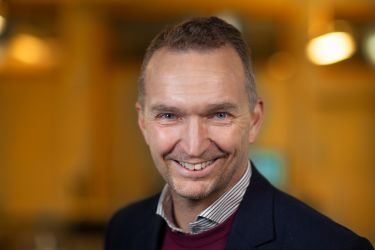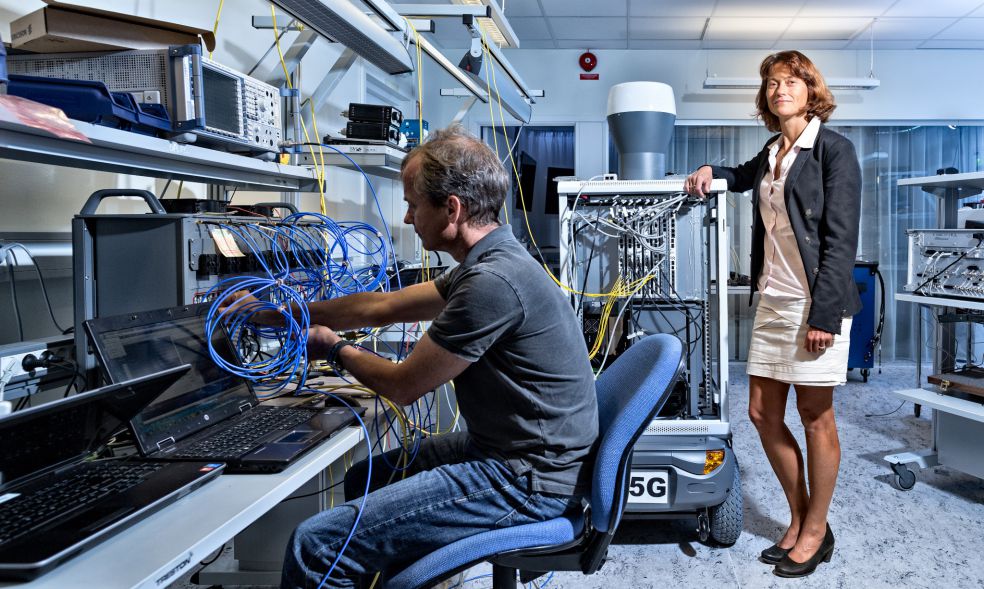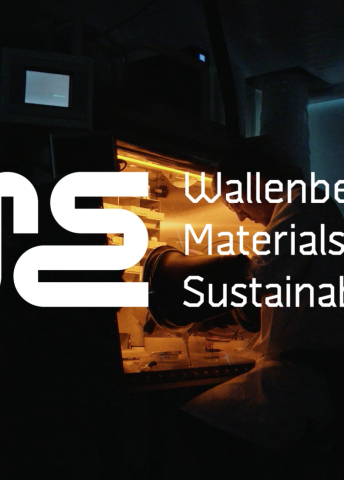
Watch the video!
“This is a powerful, hands-on initiative for a more sustainable world. Knut and Alice Wallenberg Foundation is allocating just over SEK 3 billion over an twelve-year period to build knowledge contributing to the achievement of the targets set under UN Agenda 2030 and the Paris Agreement,” says Peter Wallenberg Jr, Chair of Knut and Alice Wallenberg Foundation.
Knowledge about, and the ability to produce, new materials have enabled humanity and our societies to evolve throughout history – from the eras of Bronze and Iron Ages to modern-day semiconductors – paving the way for the information society of today. But many of these materials and the way they are extracted and processed have contributed to the vast array of environmental problems we currently face; to a great extent this is due to that the materials and associated methods are not sustainable.
The Foundation is now allocating SEK 2.7 billion during the period 2022 – 2033, which in 2025 was increased to SEK 3 billion, to a new research program named Wallenberg Initiative Material Science for Sustainability (WISE), and further funding of SEK 380 million to Wallenberg Wood Science Center (WWSC) for research on renewable materials from derived from the forest under the “New Materials from Trees for a Sustainable Future” program.
Production of materials accounts for 25% of greenhouse gases
Every year some 90 billion tons of raw materials are extracted across the world. These are mainly metals, minerals, fossil fuels and biomass. Most of the materials extracted are non-renewable, placing a heavy burden on the environment, societies and climate. Global production of materials accounts for some 25 percent of total greenhouse gas emissions, and production of metals alone accounts for around eight percent of all energy generated.
“I see functional materials as the key component in developing green energy technologies of the future, enabling us to achieve circular solutions to the challenges we face. The aim of the program is to understand, create and control complex materials systems right down to atomic level so we can develop sustainable innovative technologies,” says Magnus Berggren, professor of organic electronics and director of the program.
The Wallenberg Initiative Material Science for Sustainability focuses on four basic research areas: conversion, storage and distribution of clean energy; circular materials replacing rare, energy-demanding, and hazardous materials; mitigation, cleaning and protection of atmosphere, soil, and water and discovery of materials for novel sustainable technologies.
Specific examples include innovative materials for:
- Fully recyclable batteries
- Fuels of the future with a minimal carbon footprint
- Solar-driven cleaning of air, water and soil
- Energy-efficient electronics for the future digital society
- Materials for the sustainable technologies and infrastructure of tomorrow
“We aspire to establish Sweden as a leading nation in this research field. The overall aim is to facilitate sustainable technologies and to educate the leaders of tomorrow in society, industry and academia,” explains Peter Wallenberg Jr.
Under the program, 25 international research teams will be recruited, and a postgraduate school will be established, offering 180 PhD positions, 30 of them industrial PhD students, along with 180 postdoctoral positions, of which 30 will be industrial postdoctoral positions.
Vital for Swedish industry
The Swedish materials industry generates annual sales of SEK 300 billion. Advanced materials play a key role in the Swedish mining, steel, chemicals and forest sectors, and for Swedish society as a whole. They are also closely related to other industries and sectors of society, such as infrastructure and manufacturing industry.
“To meet climate and environmental targets industry needs to transition towards sustainability at a swifter rate. For this reason, the research program will be conducted in collaboration with Swedish industry in the form of industrial PhDs and postdocs, and also via research arenas allowing an exchange of knowledge and problems between academia and private enterprises. Industry acquires knowledge generated by research in materials science, and researchers gain insights into the technological and application challenges faced by companies,” says Sara Mazur, director strategic research at Knut and Alice Wallenberg Foundation, and chair of the program.
The research arenas under the program – WIRA – have been designed in line with the successful model established under the Wallenberg Artificial Intelligence, Autonomous Systems and Software Program (WASP).
In addition to those with WASP, interdisciplinary collaborations are anticipated with other major Wallenberg programs such as Wallenberg Wood Science Center (WWSC), Data-driven Life Science (DDLS), and Wallenberg Centre for Quantum Technology (WACQT).
The universities participating in WISE are Uppsala University, Lund University, KTH Royal Institute of Technology, Chalmers University of Technology, Stockholm University, Luleå University of Technology and Linköping University, which is also hosting the program.
SEK 380 million earmarked for new wood-based materials
Wallenberg Wood Science Center (WWSC) was founded in 2009 with the aim of developing new sustainable materials using wood from the Swedish forest. Goals include replacing oil with wood in the manufacturing of plastics, creating stronger, fire-resistant materials, as well as new functional materials. Eye-catching innovations include development of transparent wood, and paper that is magnetic, fire-resistant and conducts electricity. Other examples are bio-based plastics, glue and porous materials.
UN global sustainability goals are central to research at WWSC.
“Wood is an extremely important and exciting resource for a sustainable future, since wood-based materials offer great potential as a replacement for fossil-based materials. They can also form the basis for completely new materials, with new properties. We can now focus on seven areas, one of which involves exploring sustainable biorefinery processes that use the wood raw material as efficiently as possible,” says Eva Malmström Jonsson, director WWSC.
The program, which is being conducted at Chalmers, KTH and Linköping University, is being expanded, which means that six research leaders, 36 PhD students, and the same number of postdocs can be recruited, along with four visiting professors.
The program expansion brings the Foundation’s total investment in WWSC to SEK 1 billion.
“This long-term research initiative is intended to make possible a more sustainable future, to make the Swedish forest sector more competitive, and to pave the way for new enterprises based on innovations in this field,” says Wallenberg Jr.
Text Carina Dahlberg
Translation Maxwell Arding
Photo Magnus Bergström, Samuel Unéus, Magnus Bergström, Daniel Roos, Magnus Bergström
Other sustainability related research
